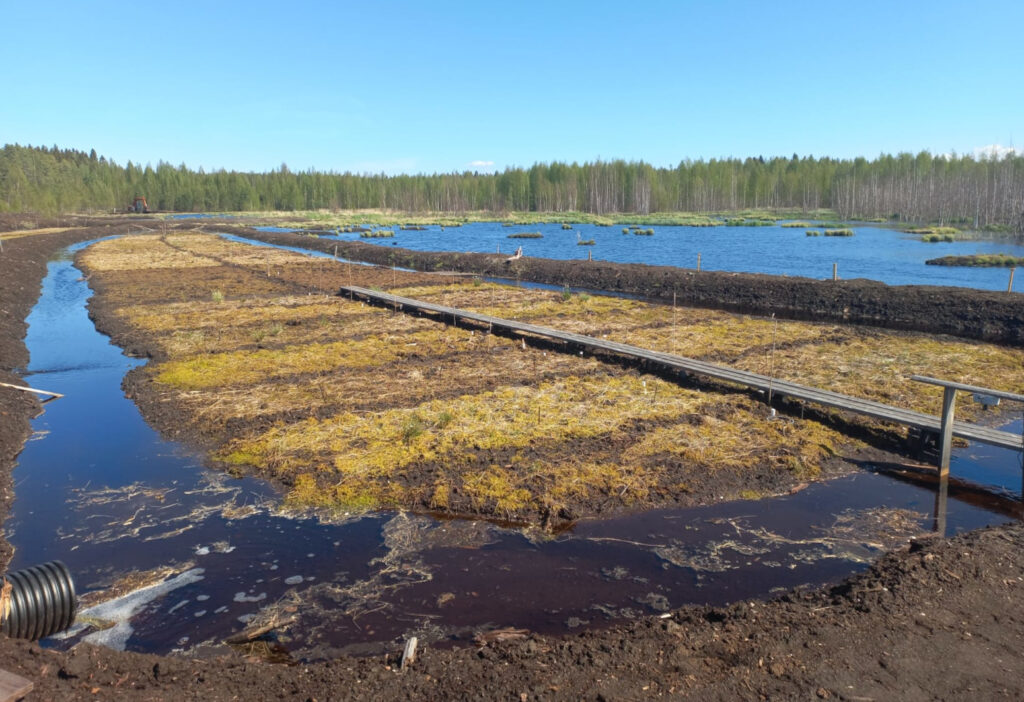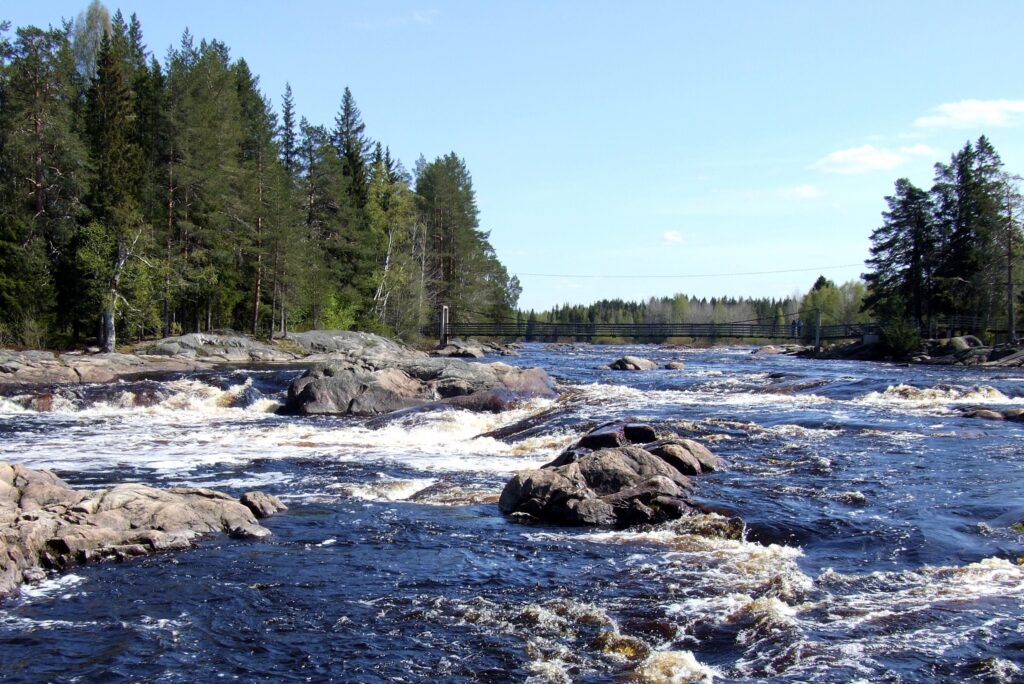
Cross-REalm modelling and assessment of Aquatic ecosystem services – Towards a science-based design of nature-based solutions to tackle Eutrophication
Kiiminkijoki river basin and Kyyrönsuo (FI)


The Finnish case study comprises two locations: Kiiminkijoki river basin in northern Finland, which is devoted to hydrological modelling activities, and Kyyrönsuo site in eastern Finland, where paludiculture as a nature-based solution will be tested. This double case allows for the integration of large-scale hydrological and nutrient load modelling with site-specific experimental evidence, enabling both the upscaling of local NBS impacts and the downscaling of basin-scale insights to guide practical implementation.
The Kiiminkijoki River drains a 3,824 km² peatland-rich basin in rural northern Ostrobothnia, where forestry, peat extraction, and small-scale agriculture have shaped the landscape. Large areas of forestry-drained peatlands coexist with former peat extraction areas, both with potential impacts on water quality and opportunities for ecological restoration and habitat recovery. Here, the CREATE team will assess the effects of restoring former peat extraction sites on water quality and other ecosystem services using hydrological models such as SWAT+. The site will also act as a hub for stakeholder engagement and collaboration.
Kyyrönsuo, a former peat cutaway site managed by the University of Eastern Finland through the SAMPO project, is being used to pilot Sphagnum moss cultivation (paludiculture) as a Nature-based Solution. In CREATE, we will use this site in close collaboration with SAMPO to assess the effects of paludiculture on water quality and to test advanced monitoring techniques. The insights gained will support the upscaling and implementation of this solution across peatland-dominated watersheds, in close cooperation with stakeholders.

